Conservation Ecologist Dr. Brian Woodward conducts a raptor survey on The Preserve. Photo by Alix Soliman.
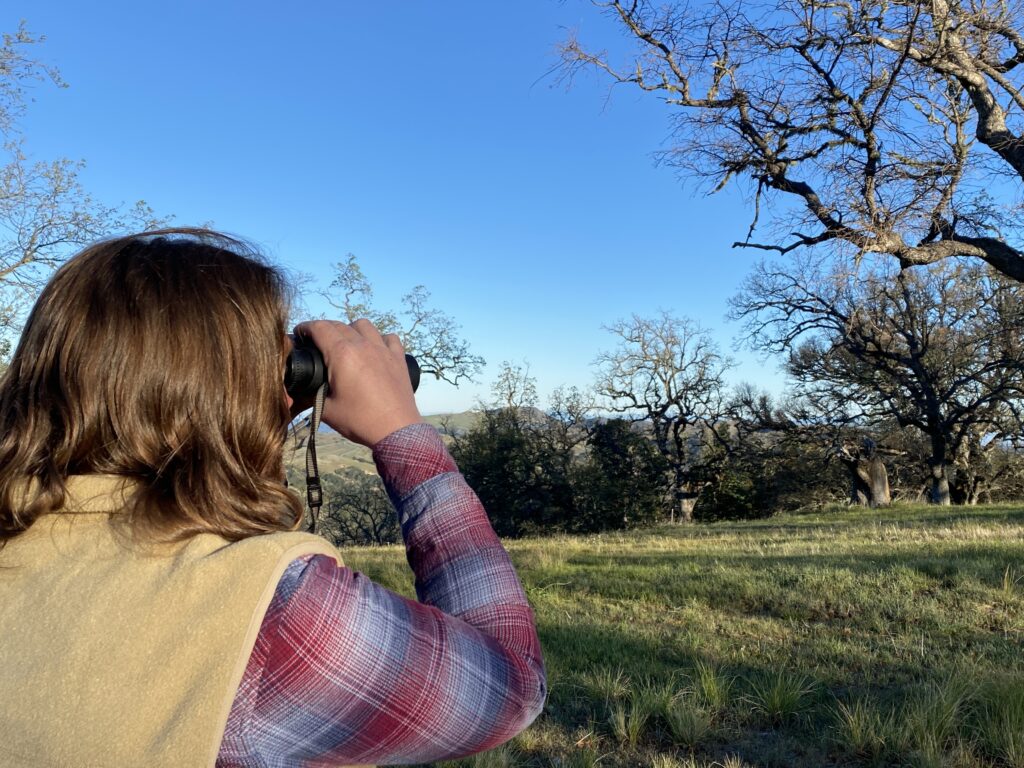
What Does Applied Ecology Look Like on the Santa Lucia Preserve?
February 24, 2022
By Dr. Brian Woodward, Conservation Ecologist
Driving through The Santa Lucia Preserve, you may see Conservancy staff wading through ponds, crouched in a field looking closely at budding flowers, or gazing through binoculars at soaring raptors. To manage biodiversity and ecosystem processes and address the decline of special status species, we regularly monitor our habitats and key indicator species across The Preserve.
Key indicator species are those that serve as a measure of environmental conditions in a given area. Often the first in their ecosystem to be affected by a particular environmental change, such as climate change, pollution, or human development, these species help guide us in making decisions as land managers. The Conservation Science Program’s most intensive sampling period runs from late winter to the early summer, which means our biological monitoring season has officially begun.
Collecting scientific data across The Preserve’s habitats allows the Conservancy to evaluate the effectiveness of on-the-ground management actions carried out by the Ecological Management Department’s Restoration and Conservation Grazing programs over time. With a goal to use ecological science to answer management questions, the field of science we practice is known as Applied Ecology. Monitoring also allows us to compare our vegetation communities and wildlife populations to trends observed by partner conservation organizations statewide. Findings from these surveys and our research creates a feedback loop, allowing us to adapt our management actions to focus on those that have the greatest biological outcomes. This process is known as science-guided adaptive management.
During the 2022 monitoring season, our Conservation Science Program, another program under the newly restructured Ecological Management Department, is carrying out a wide range of monitoring and research activities with some exciting additions and expansions from years past:
Coast Buckwheat and Smith’s Blue Butterfly
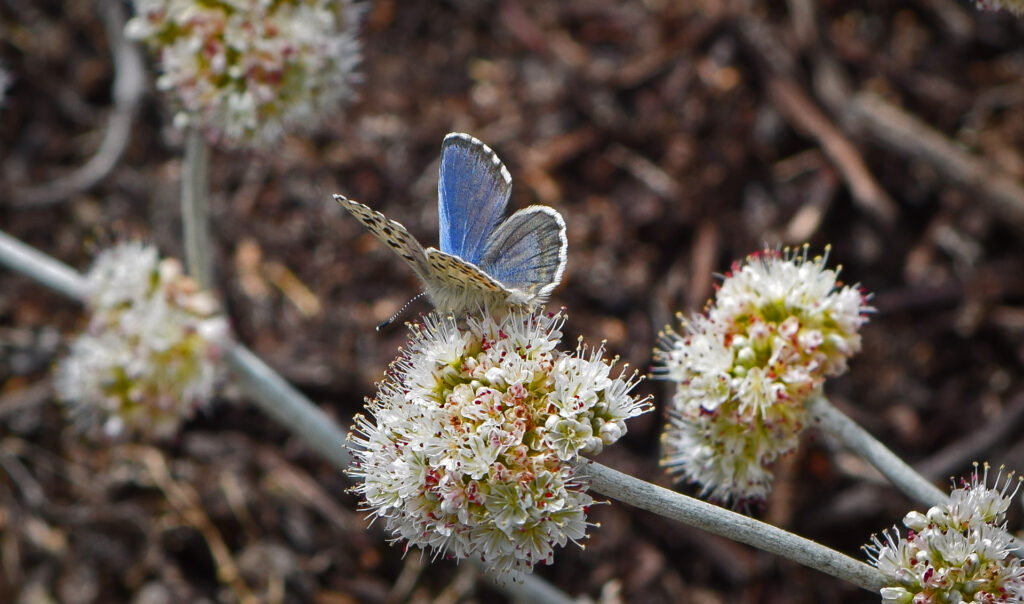
The Smith’s Blue Butterfly is an endemic and federally endangered butterfly species that is completely dependent on buckwheat, a flowering shrub distributed throughout the northern half of the Santa Lucia Preserve. Since initial biological surveys began in the 1990s, the Santa Lucia Preserve has been identified as an important habitat for the butterfly. In 2022, using historical records and species distribution modeling, we will carry out the most extensive survey of coast buckwheat since the creation of The Preserve. We will also continue our annual transect surveys for Smith’s Blue on the Animus, Peñon Peak, and Halls Ridge. Given the relationship between buckwheat and the Smith’s Blue Butterfly, protection and management of the plant species is critical to maintaining the butterfly’s population.
Ponds and Threatened Amphibians
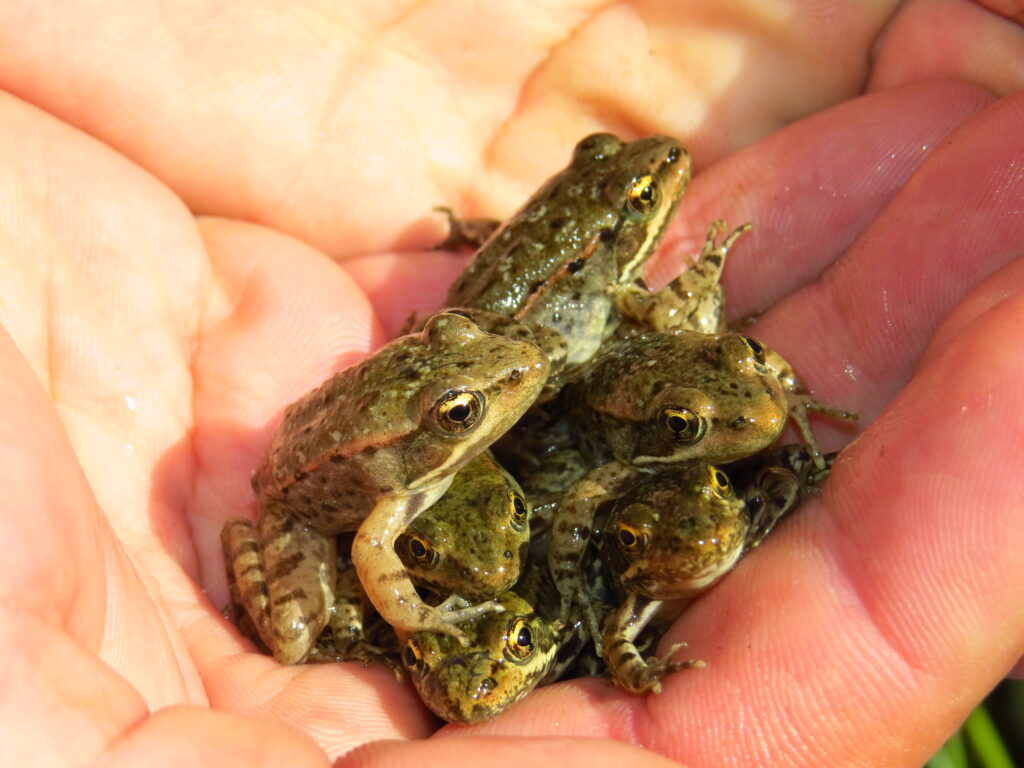
The Preserve has over thirty ponds and is home to two threatened amphibian species, the California tiger salamander and the California red-legged frog. These ponds also represent important water sources and habitats for nearly all of the Preserve’s wildlife species. With our in-house scientific staff and a network of Conservancy collaborators, all of The Preserve’s ponds will be monitored for the presence of rare and threatened amphibians in 2022. In addition to conducting population surveys using nets, we will continue to use eDNA sampling, a process that allows us to detect the presence of California tiger salamanders and California red-legged frogs from a small sample of pond water. To track the health of our ponds over time, we will also begin conducting a comprehensive evaluation of our ponds over the next two years.
Floristics in Preserve Grasslands
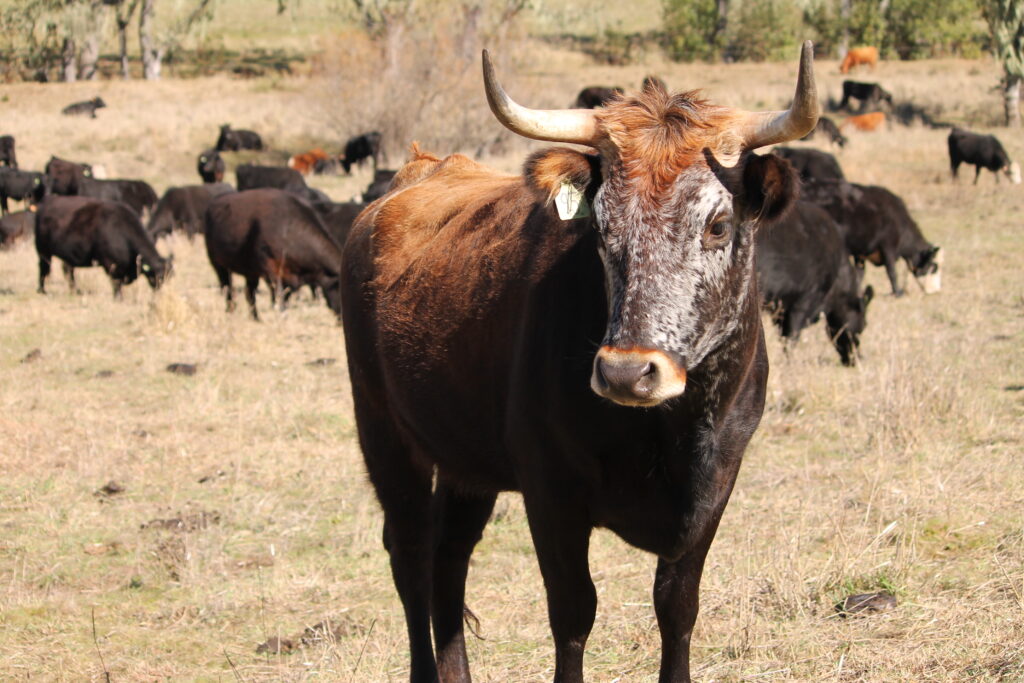
As our Conservation Grazing Program continues to move our herd of cattle across the Preserve, we will continue to collect detailed floristic data (the species composition of vegetation) in our grasslands to understand how this habitat responds to our method of conservation grazing. Our research plots of grazed vs. ungrazed areas are continuously used to evaluate the program’s efficacy in reducing fuels and promoting native biodiversity. After nearly a decade of research, the Conservancy plans to share its findings with the broader scientific communities through a peer-reviewed publication in the next two years.
Avian Surveys

Working in collaboration with the Ventana Wildlife Society, the Conservancy will continue its raptor, grassland birds, and tricolored blackbird monitoring programs this year. Avian species serve as important indicators of pond and grassland health and habitat quality. By continuing to monitor these species over time, these data serve as an important test of The Preserve model, ensuring that human settlements and wildlife can successfully coexist and that the resources and habitats important to these species remain resilient in the face of ongoing environmental change. We will also continue our popular nest box program, where we check for owls in nest boxes installed on the Homelands and Openlands of The Preserve.
Sudden Oak Death and Forest Monitoring
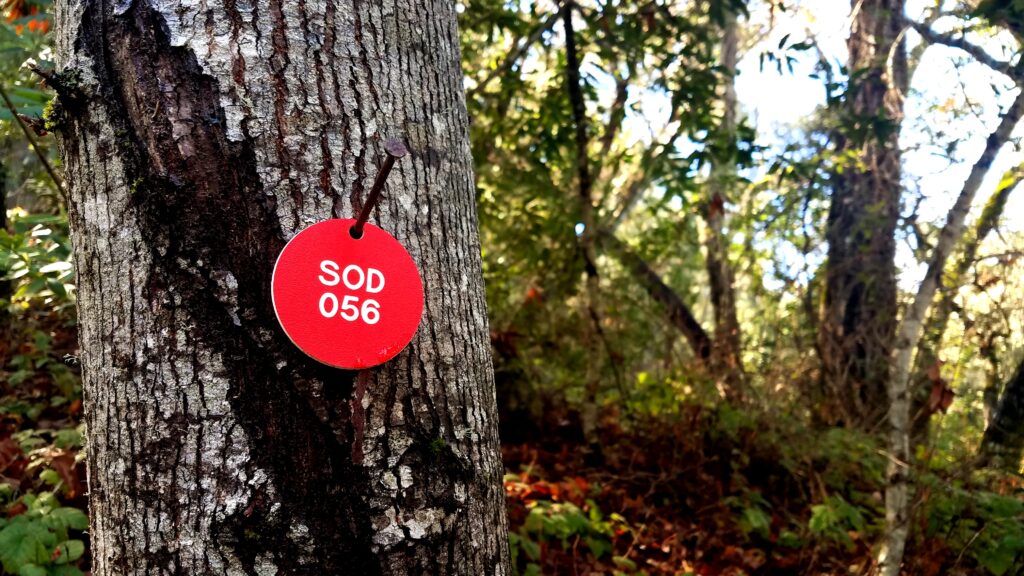
Sudden Oak Death (SOD) is a tree disease caused by the fungus-like plant pathogen Phytophthora ramorum. The pathogen has spread throughout much of coastal California and can result in the mortality of a number of forest tree species on the Santa Lucia Preserve. In April, the Conservancy will once again participate in the annual Sudden Oak Death “Blitz,” a statewide event that allows us to track the progression and strain of SOD present on the Preserve. Residents are encouraged to participate in this community science project, so stay tuned to learn how you and your family can join in! As climate change continues to alter growing conditions in the Preserve’s forests, the Conservancy plans to develop a new forest monitoring program in the next two years to track changes in tree cover, composition, and patterns of regeneration that could change over time.
Camera Trapping
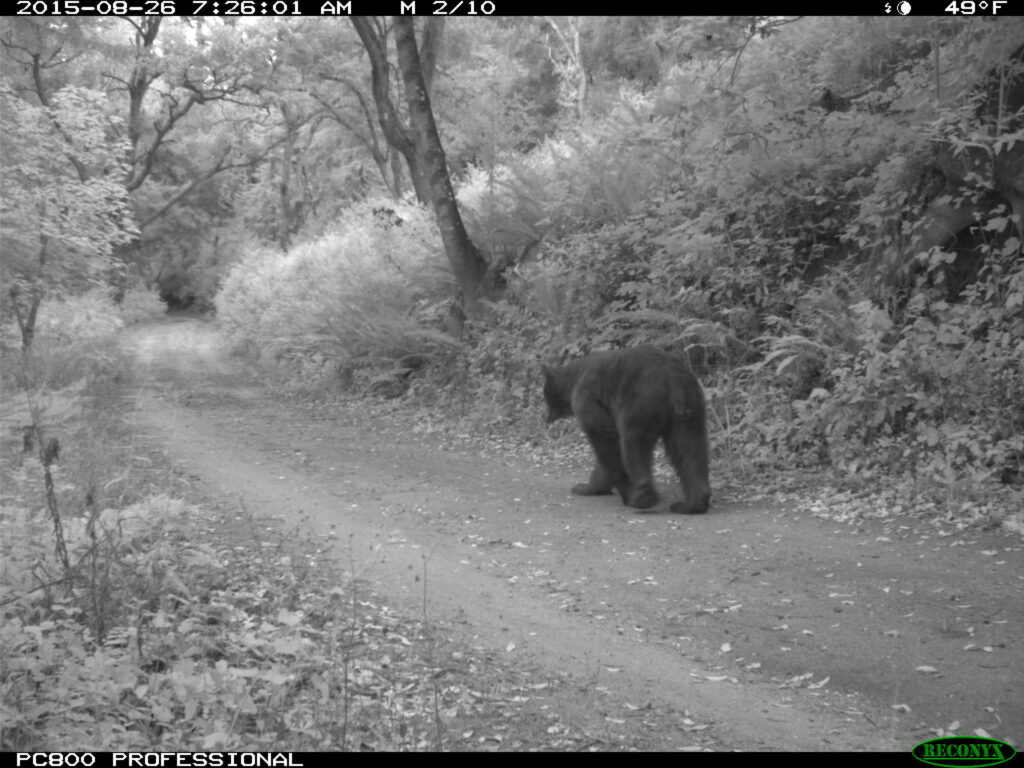
Our network of nearly 20 camera traps across The Preserve capture images of wildlife on a daily basis. This summer, interns and volunteers will help us to continue collecting images while working to modernize our data entry framework. In the future, we hope to use our camera trap data to conduct statistical analyses that will help us understand how populations of large mammals, such as wild pigs, black bears, and mountain lions, change over time.
Next time you see Conservancy staff sampling in the field, please feel free to stop by and say hello to see what we are up to and learn more about the species and habitats we are monitoring. For questions regarding biological monitoring and research carried out by the Santa Lucia Conservancy, please contact Conservation Ecologist Dr. Brian Woodward at [email protected].